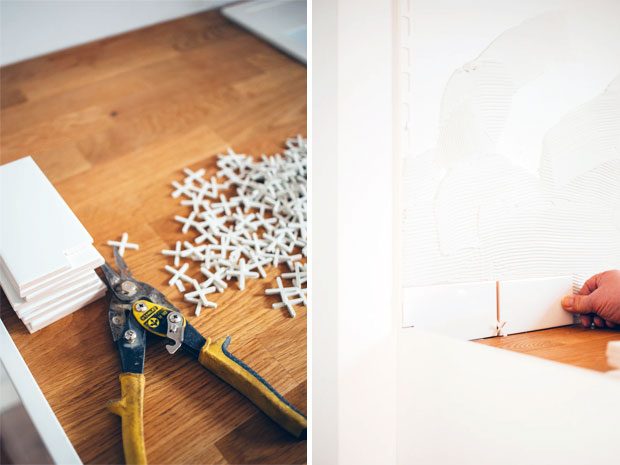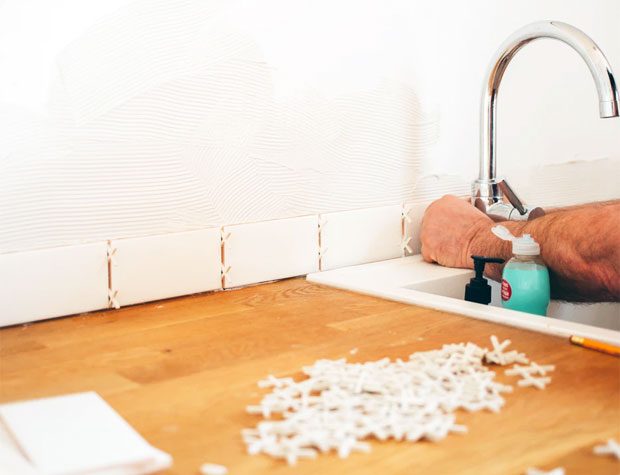9 Tiling Mistakes and How Not to Repeat Them Ever Again
9 Tiling Mistakes and How Not to Repeat Them Ever Again
Tiling is not the most challenging of DIY tasks. The Ancient Egyptians and Mesopotamians managed to decorate their homes with tiles with basic tools and limited resources at their disposal. However, with the explosion of the residential housing market, more residential homeowners are getting out the grout and trying their hand at tile laying, with very mixed results.
For the first time tiler, here are the nine most common tiling mistakes homeowners make when decorating. Learn them and you can understand how to avoid falling into the common traps.
- Not Using the Right Equipment
Larger tiles need a deeper bed. Therefore, you will need a trowel with deeper grooves. If you are laying larger tiles, ensure you are using a trowel specifically designed to lay a “medium bed” or “large format”.
- Running Out of Tiles
One of the most common mistakes when tiling is underbuying. Not only do your calculations have to be correct, it always pays to buy around 15% more tiles than you need. If you are laying for the first time, dropped tiles and minor accidents should be expected and factored into your purchasing habits.
- Grouting Unevenly
If you grout unevenly, your tiles surface won’t be even. Take the time to ensure your grout is evenly spread and your tiling is on an even keel.
To help check the leveling, use a tool like a laser level. Visit laserlevel.org for more information on how a laser level can make your tiling project easier.
- Not Understanding the Importance of Proper Underlay
A stiff underlay surface is important to prevent tiles from cracking under pressure. If your undersurface is not stiff, lay a small ¼ or ½ inch layer of cement board to build it up and give your tiles the right foundation.
- Not Using the Right Adhesive
If you are laying tiles in humid conditions, bathrooms, kitchens, or outdoor areas, it is imperative that you use waterproof adhesive. Failure to use waterproof adhesive will result in water seeping into the cracks and causing the tiles to crumble and break.
- Not Cleaning the Surface Beforehand
A common train of thought among first time tilers is that it isn’t important to clean the surface you are tiling. What’s the point? The tiles are going to cover it anyway.
Cleaning the surface before tiling is a must. If there is grease on the wall or floor, the adhesive won’t adhere to the surface and you’ll have to redo the job when the tiles fall off.
- Using Too Many Tile Types
One type of tile in a room can look boring. As a result, many homeowners try to create an innovative design using multiple tile types. This often looks a mess. As a general rule, there shouldn’t be more than three types of tile used in one room. Three tile types is enough to generate interesting and unique patterns, without overdoing it.
- Not Fix Mistakes Early
No tiling job is perfect, and even the most experienced professionals still make mistakes. But when it comes to tiling, it pays to act fast. As soon as the grout and adhesive dries and hardens, it will be very difficult to fix even small errors. Fix mistakes early as soon as you detect them for optimal results.
- Not Removing Excess Grout
As you go, you should be removing any excess grout. Is the grout is protruding and then hardens, it will make the job look amateurish and sloppy. Remove the excess grout as you go before it hardens for a more professional looking job.
Guest Article.







